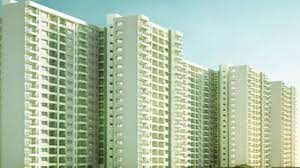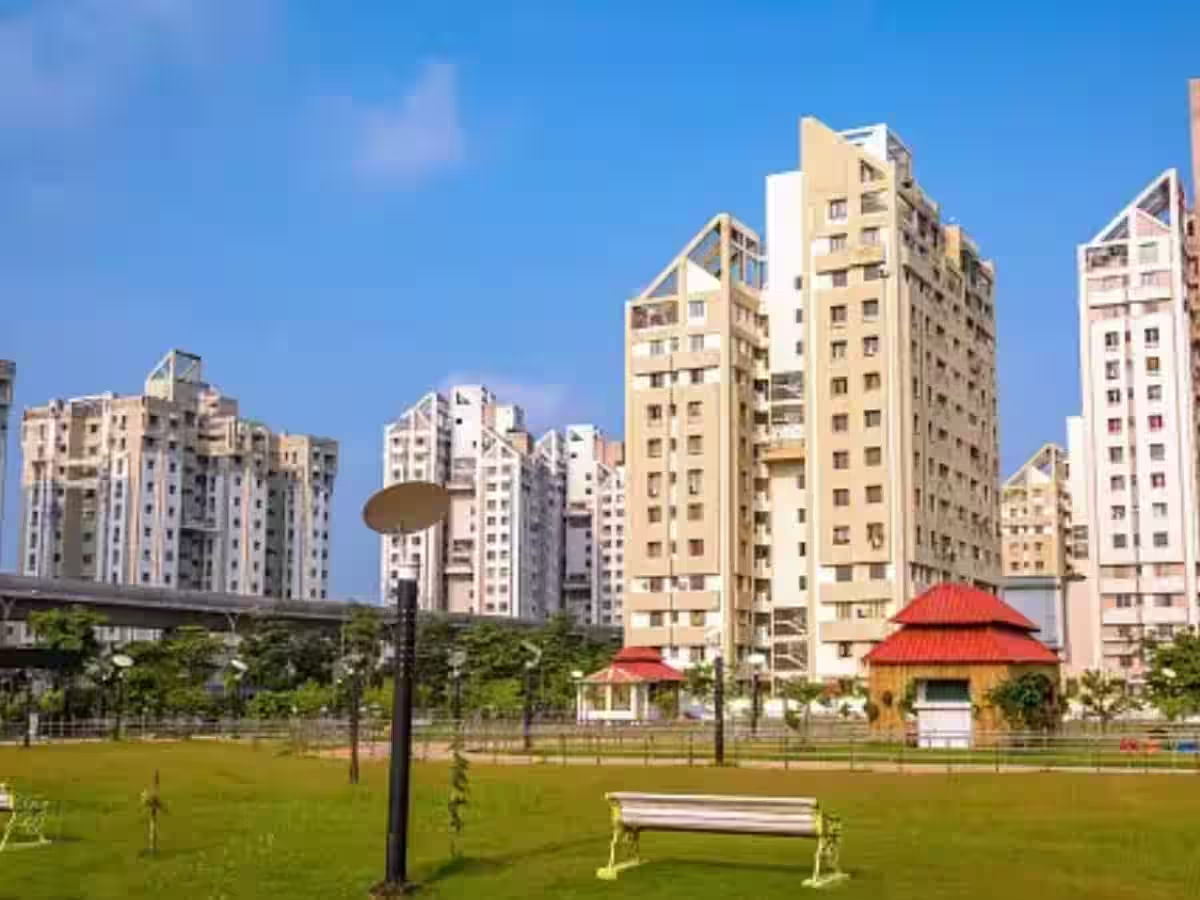Guest Column
Unsold Inventory Highest in NCR, Lowest in Hyderabad, Chennai and Bengaluru


Anuj Puri, Chairman – ANAROCK Property Consultants
NCR has witnessed a 3-5% decrease in average per-square-foot property prices over the last one year (Q4 2016 – Q3 2017). See chart below:
cid:image001.jpg@01D35F90.9A7C19B0
Currently, NCR has the maximum number of unsold units among all the top cities in India. An approximate 2 lakh unsold units are stocked up across different cities in the region. Greater Noida has maximum share of unsold inventory, followed by Gurugram.
There are many reasons for the price decrease in NCR. To begin with, excessive delay in project construction and possession has hurt buyers’ sentiments and led to subdued demand. Also, many projects have been stalled due to agitations and litigation issues. The massive unsold inventory itself has acted as a sentiment suppressant – and finally, while demonetization, RERA and GST are potentially positive moves for the industry, they have played a significant role in reduced buyer sentiment, contributing to the price falls.
Prices are likely to remain stagnant for a few more quarters. Factors such as the huge unsold inventory, recent cases of developers’ bankruptcy or insolvency and the huge number of stalled projects have made buyers skeptical about the market. Also, delay in execution and dilution of RERA have acted as dampeners for buyers’ confidence. Prices are unlikely to rise near term.
In South India, Hyderabad, Chennai and Bengaluru show the fastest recovery
By contrast, the unsold residential property inventory has declined rapidly in South India as compared to other parts of the country. ANAROCK’s Q3 2017 research findings indicated that unsold inventory declined by 21%, 20% and 15% in Hyderabad, Chennai and Bengaluru respectively from 2016 year-end stock.
With an overall unsold inventory decline of only 8% in the top 7 cities, South Indian cities have surely bucked the trend. While 2017 YTD supply was down by 59% across the top 7 cities when compared to 2016 additions, these South India cities registered an average decline of 75%.
One of the key reasons for this decline was the restricted supply of fresh projects in these cities. The fine equilibrium that developers have achieved in terms of restricting new launches and focusing on clearing unsold stock in the predominantly end-user driven markets has been a defining factor in South India. With fundamental growth drivers intact and rising demand for office spaces, these cities are likely to make a faster come-back in the residential segment as well, when compared to their counterparts in the West, North and East India.
-



 News4 weeks ago
News4 weeks agoKW Delhi 6 Mall Onboards New Brands
-



 News4 weeks ago
News4 weeks agoManasum Senior Living Launches IKIGAI GOA, A Senior Living Community in North Goa, in collaboration with Prescon Homes
-



 News4 weeks ago
News4 weeks agoBridging India Divide: Top 5 Tier- 2 Cities to Focus On
-



 News4 weeks ago
News4 weeks agoCommercial Realty Gets Tech Savvy: Fast Construction, Enhanced Convenience
-



 News3 weeks ago
News3 weeks agoGodrej Properties Sells Rs 3k cr+ Homes of Godrej Zenith, Gurugram, within 3 days
-



 News4 weeks ago
News4 weeks agoMultipoint Connection – A Definite Boon
-





 News3 weeks ago
News3 weeks agoRBI’s Status Quo on Key Policy Rates to Help Maintain the Real Estate Growth Momentum, Say Industry Stalwarts
-



 News1 week ago
News1 week agoOlive Announces Dhruv Kalro as Co-Founder























